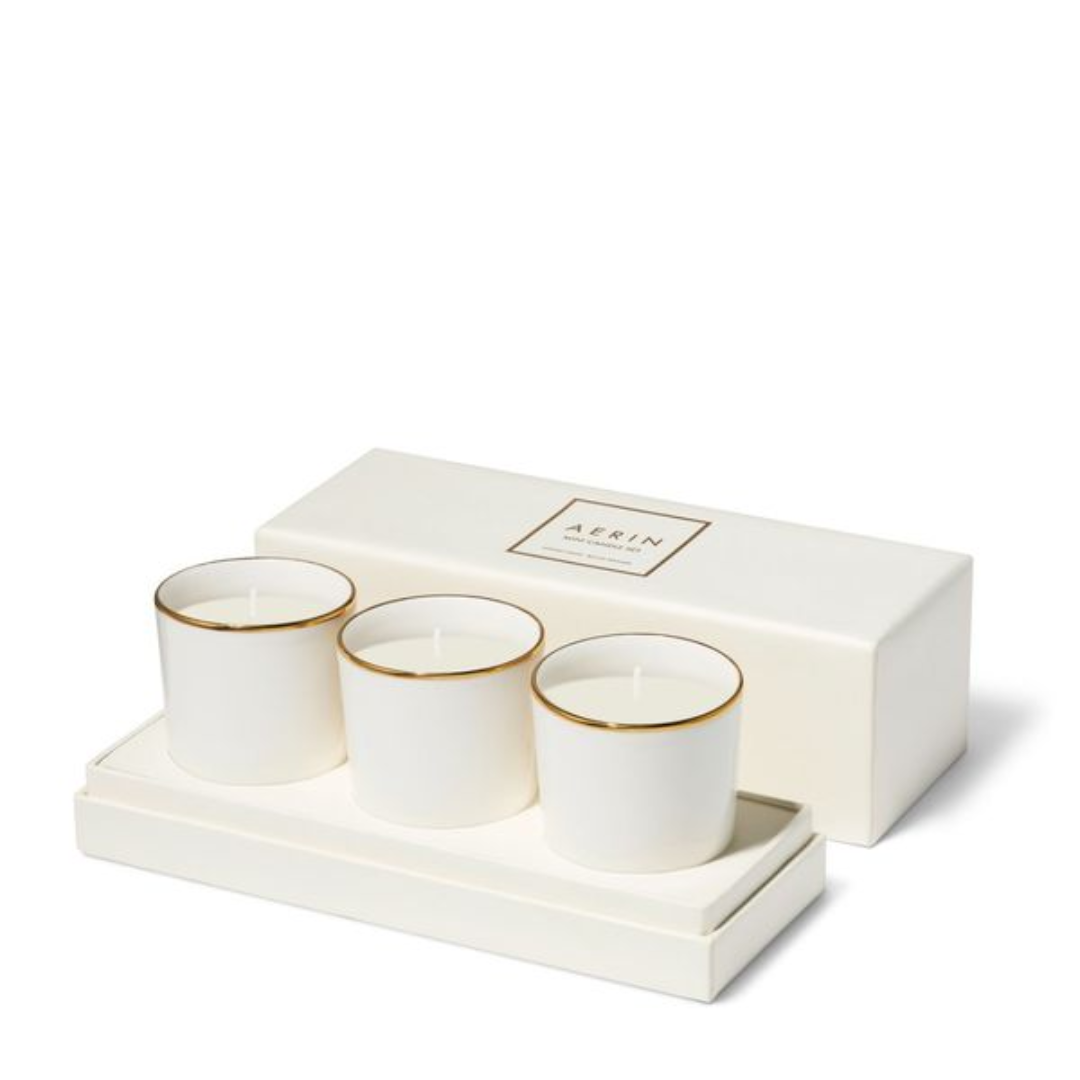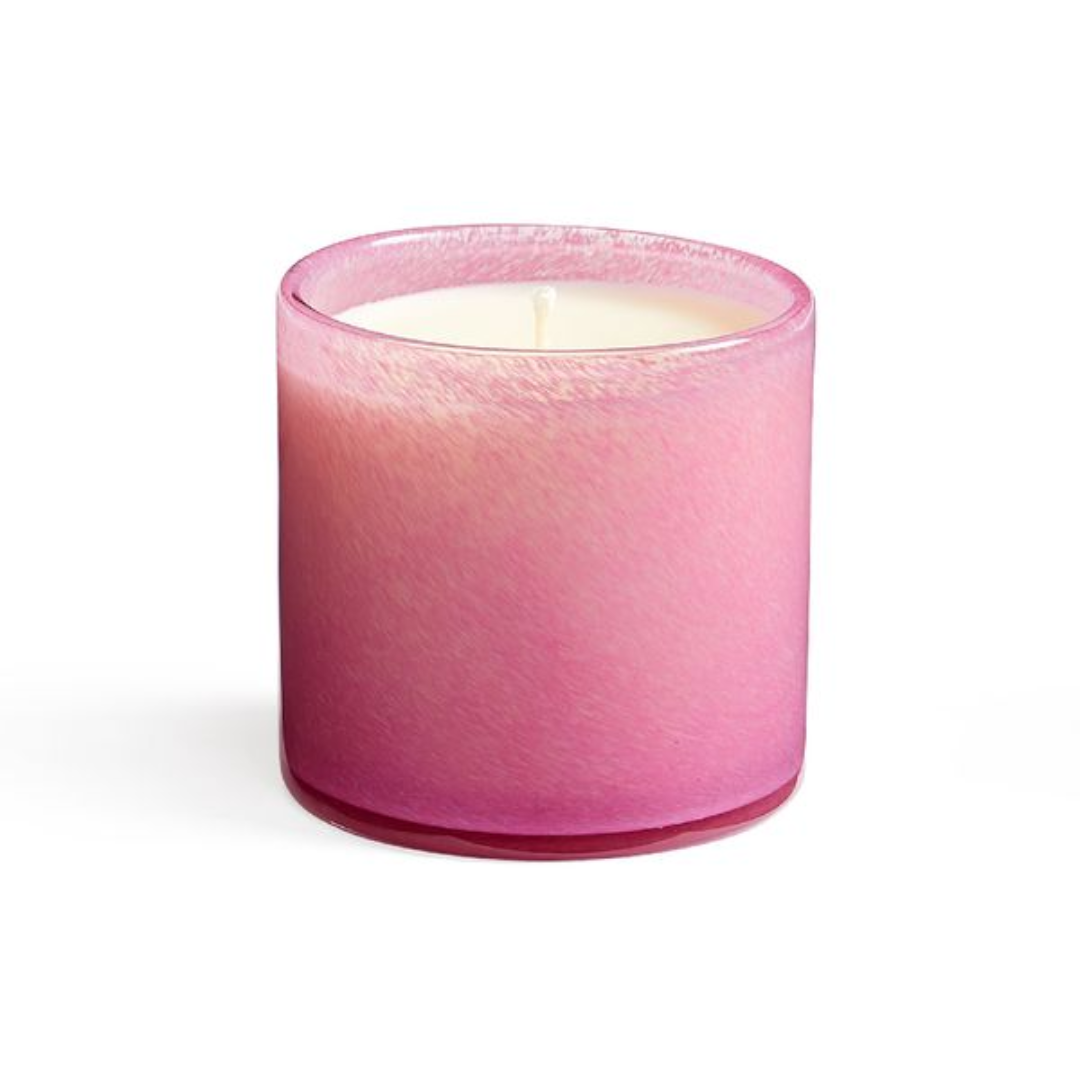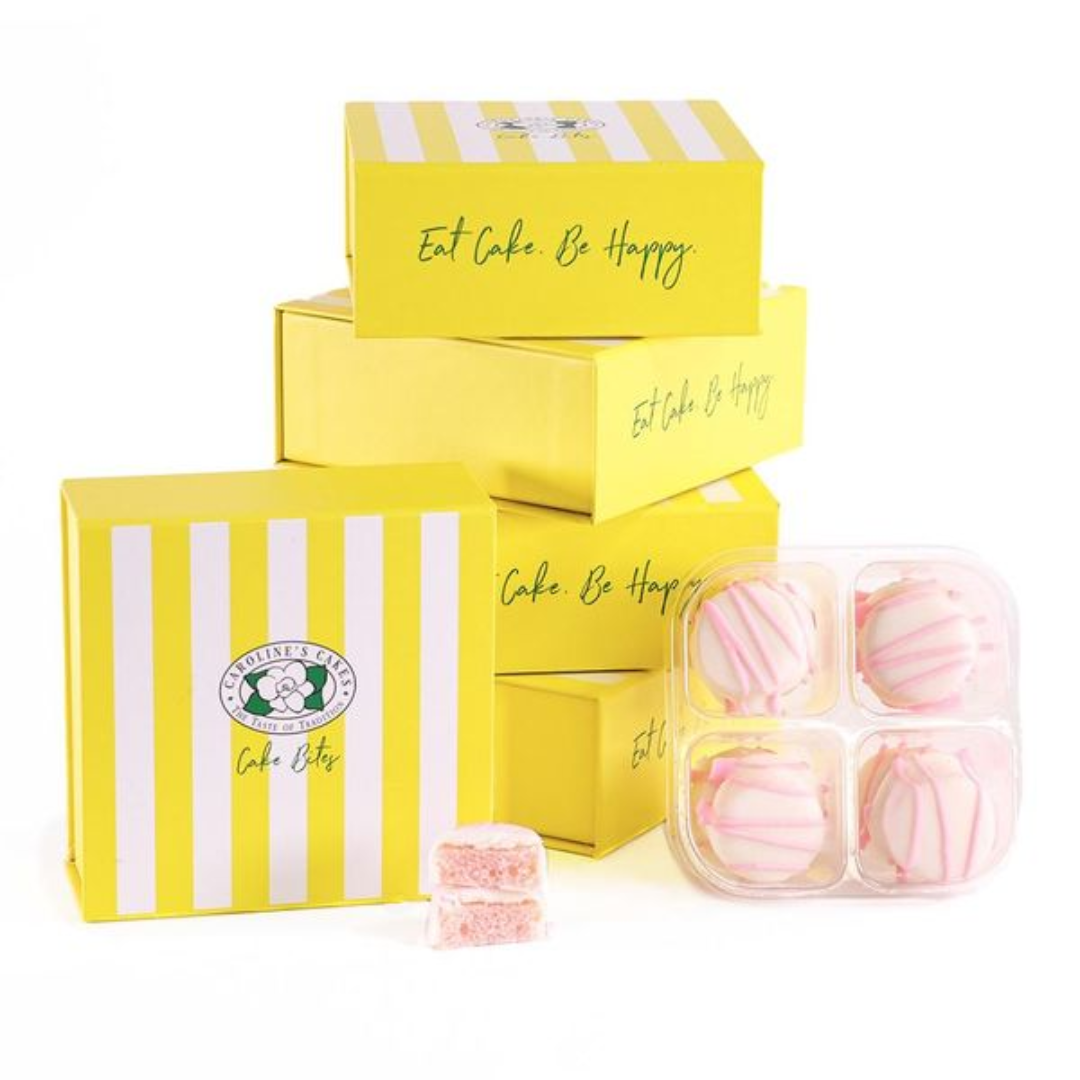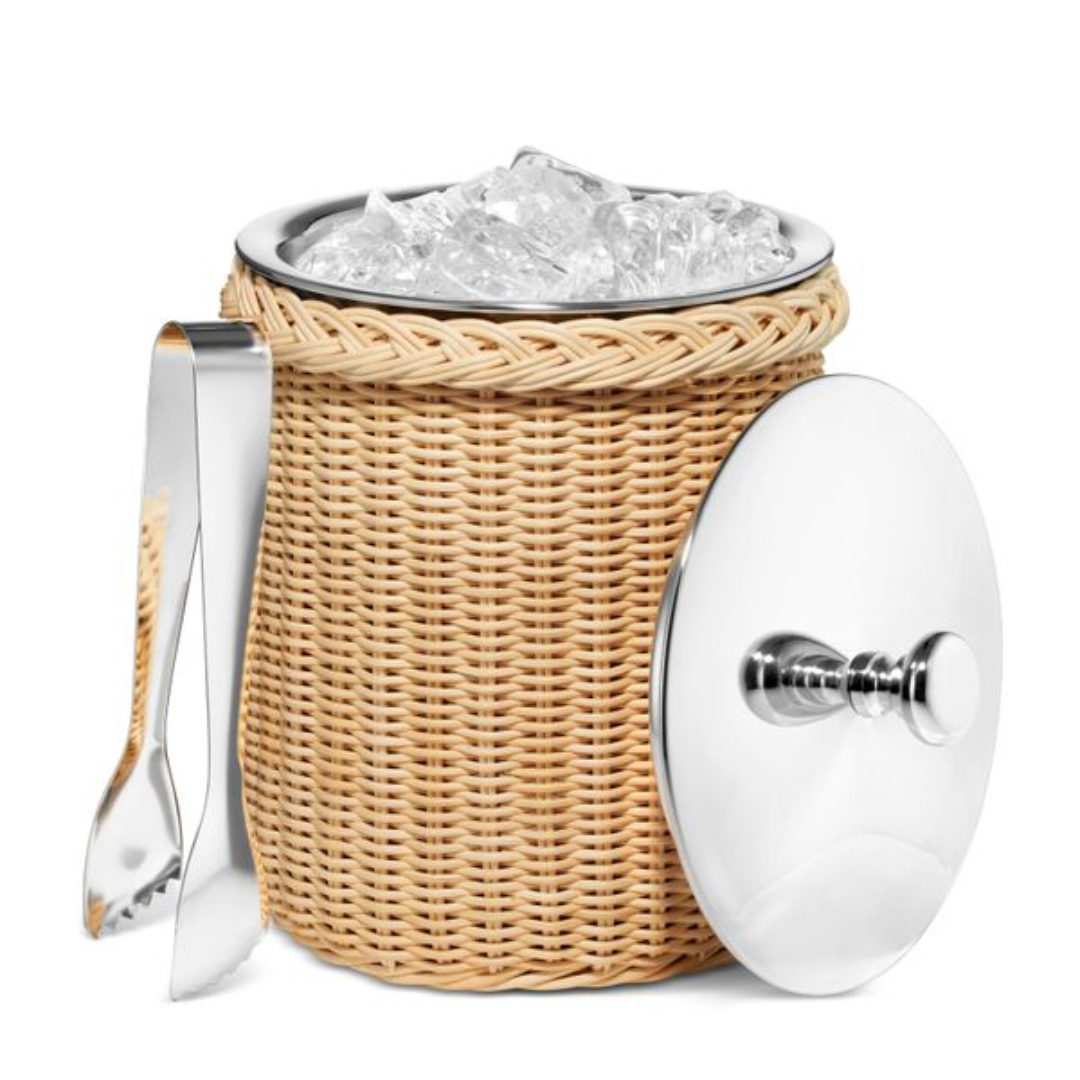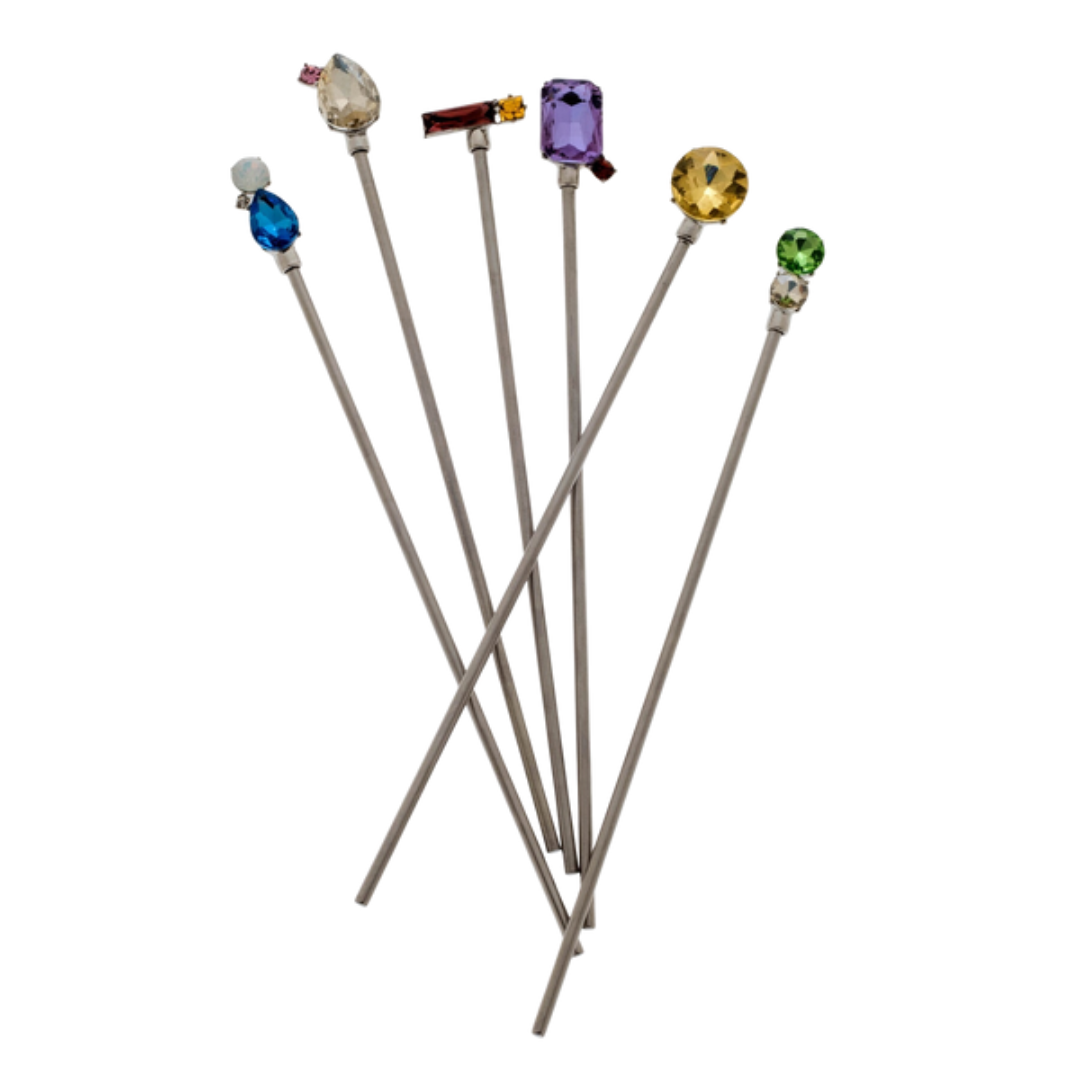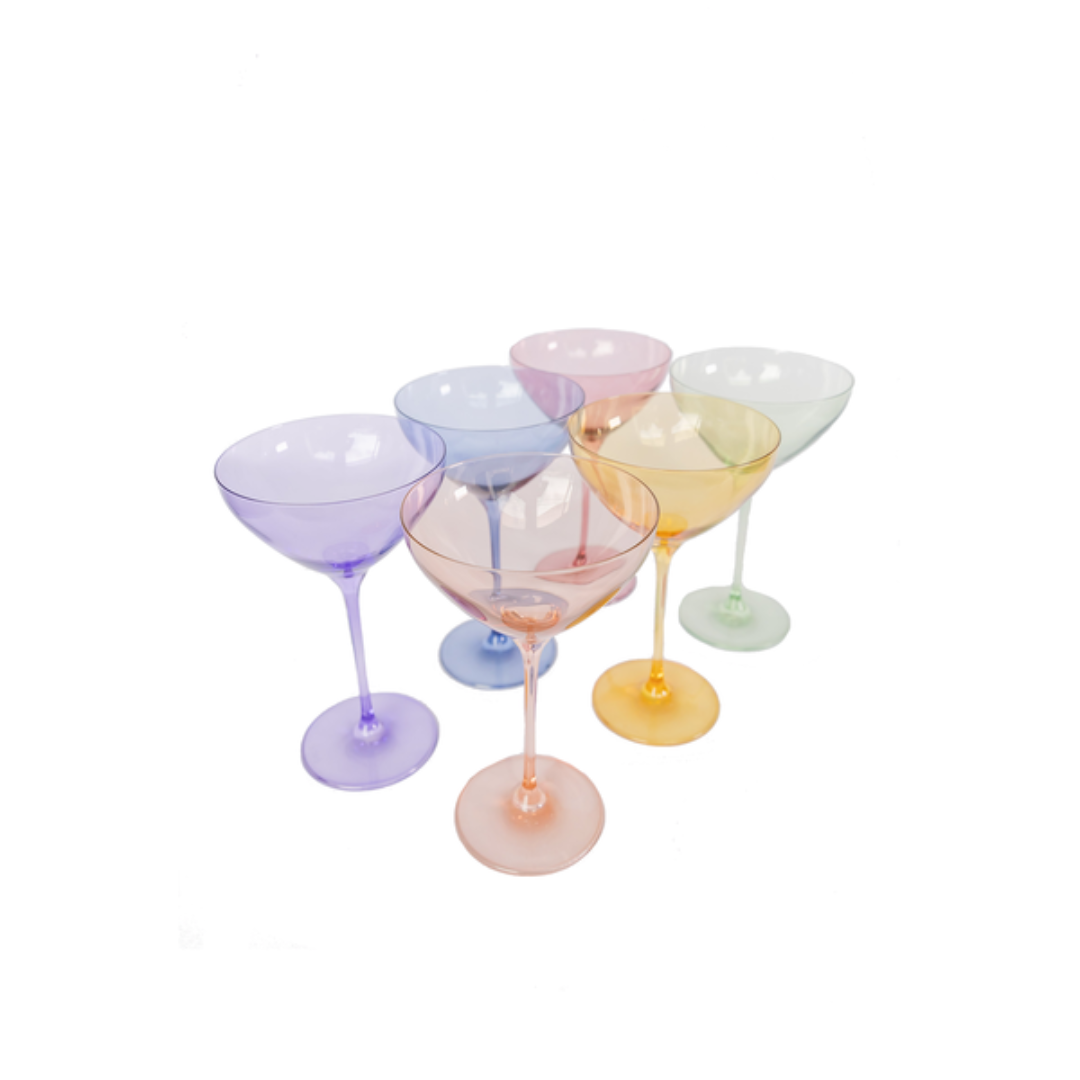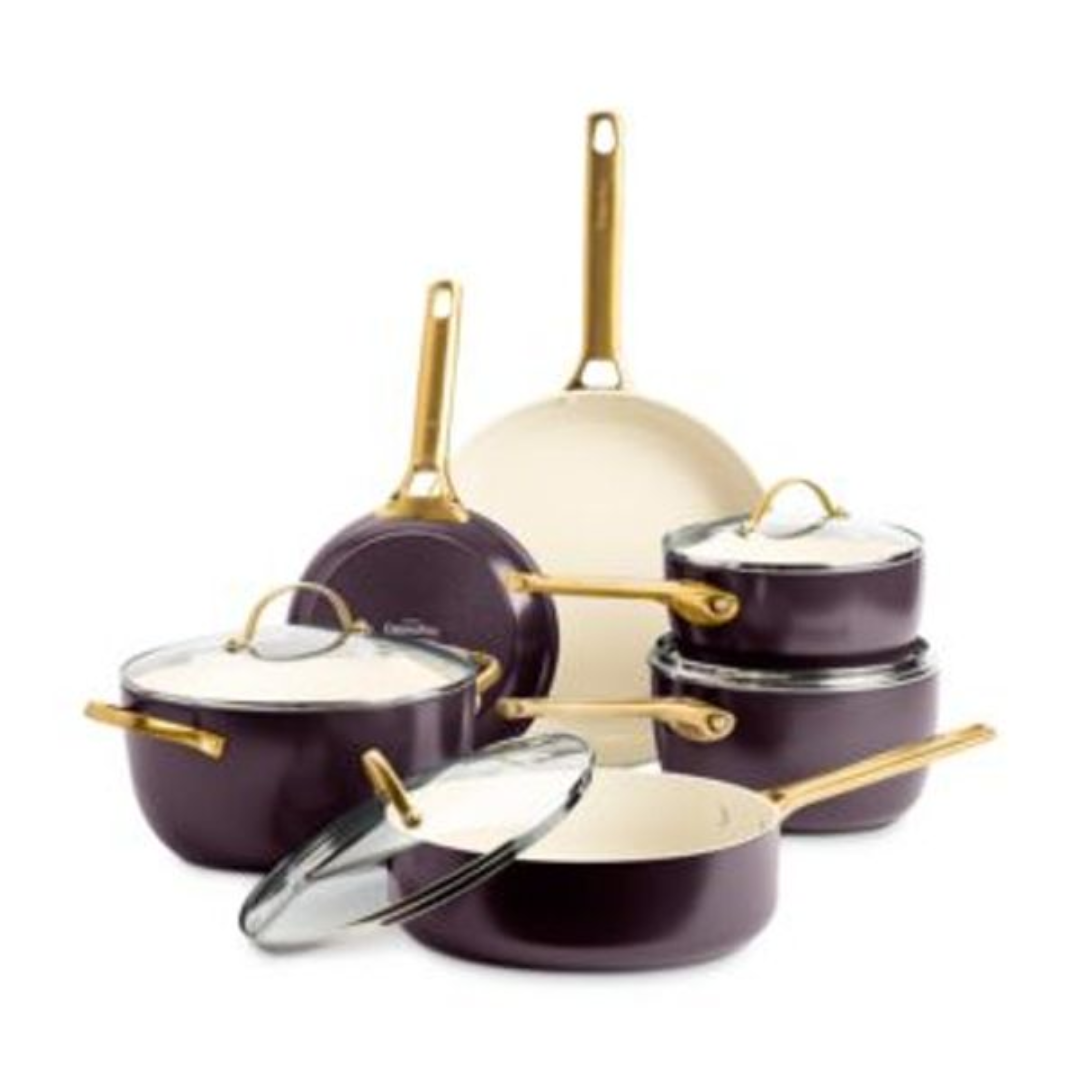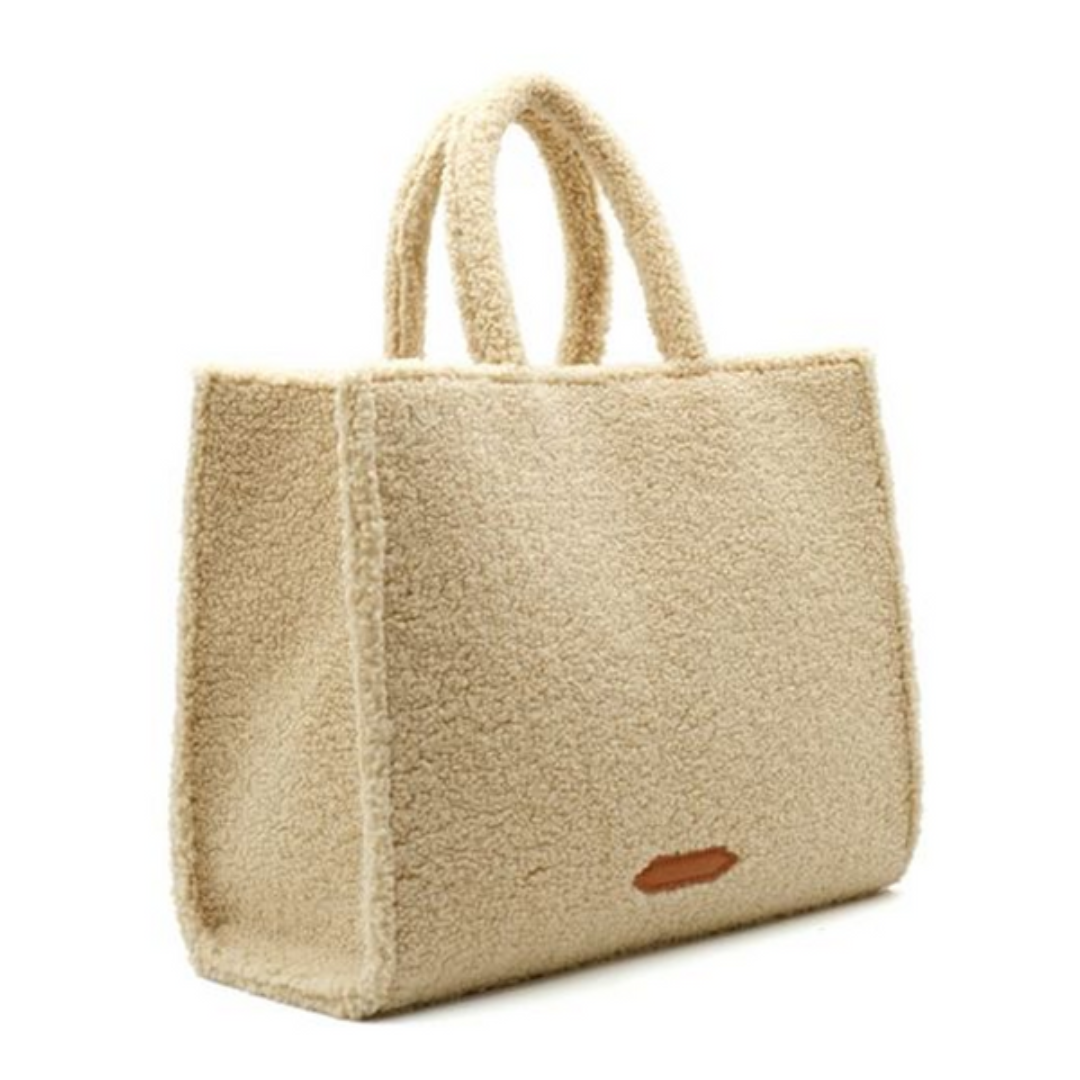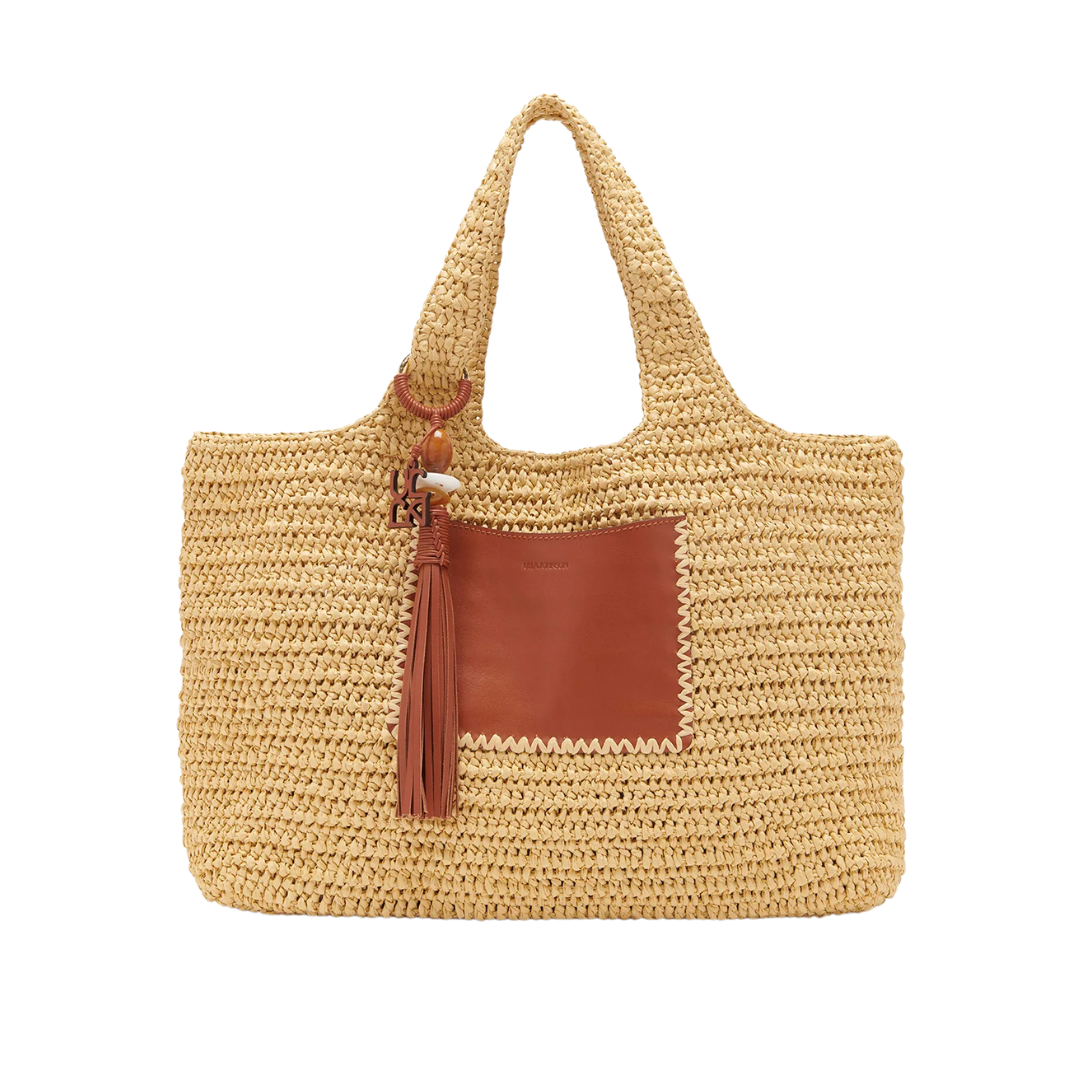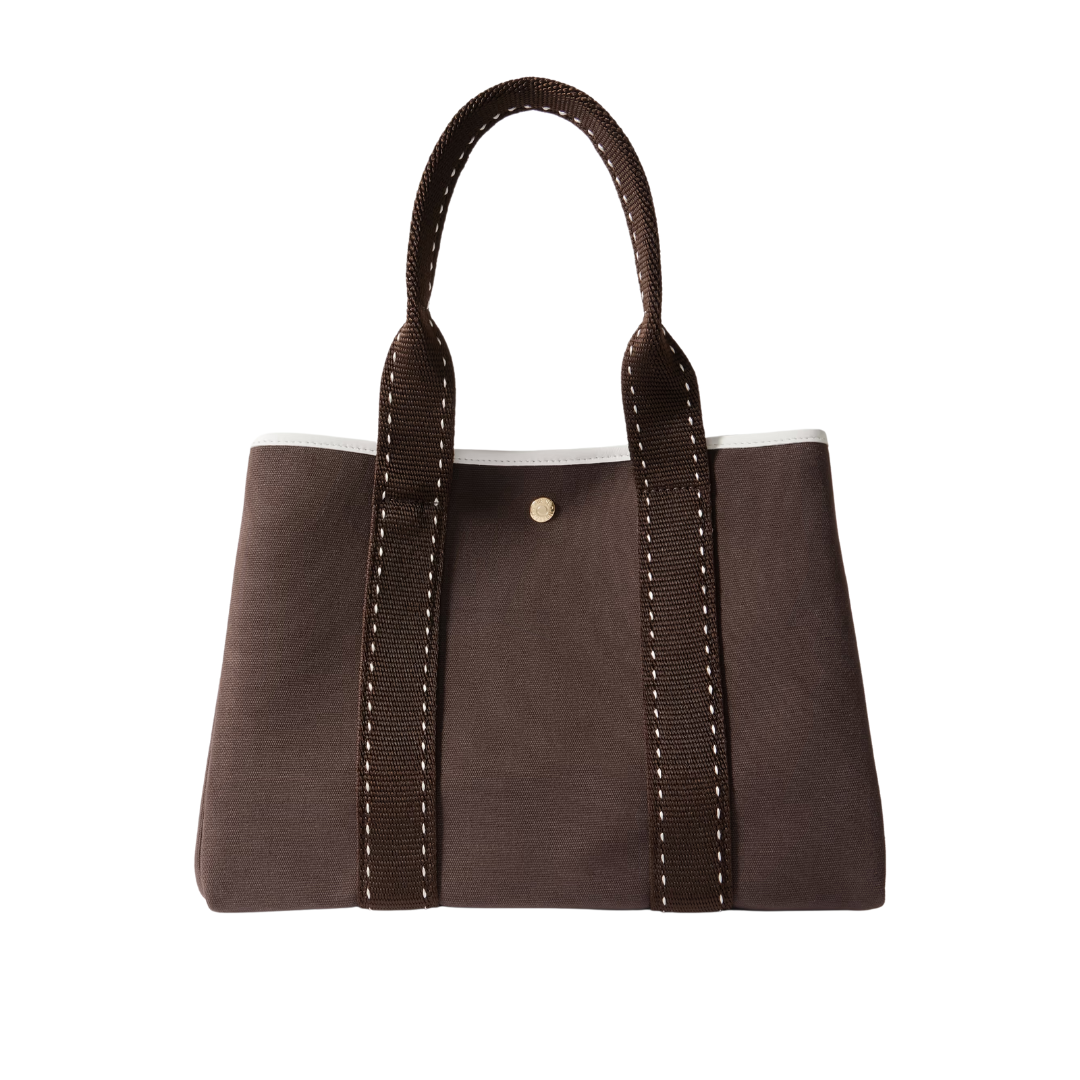Iconic Holiday Windows
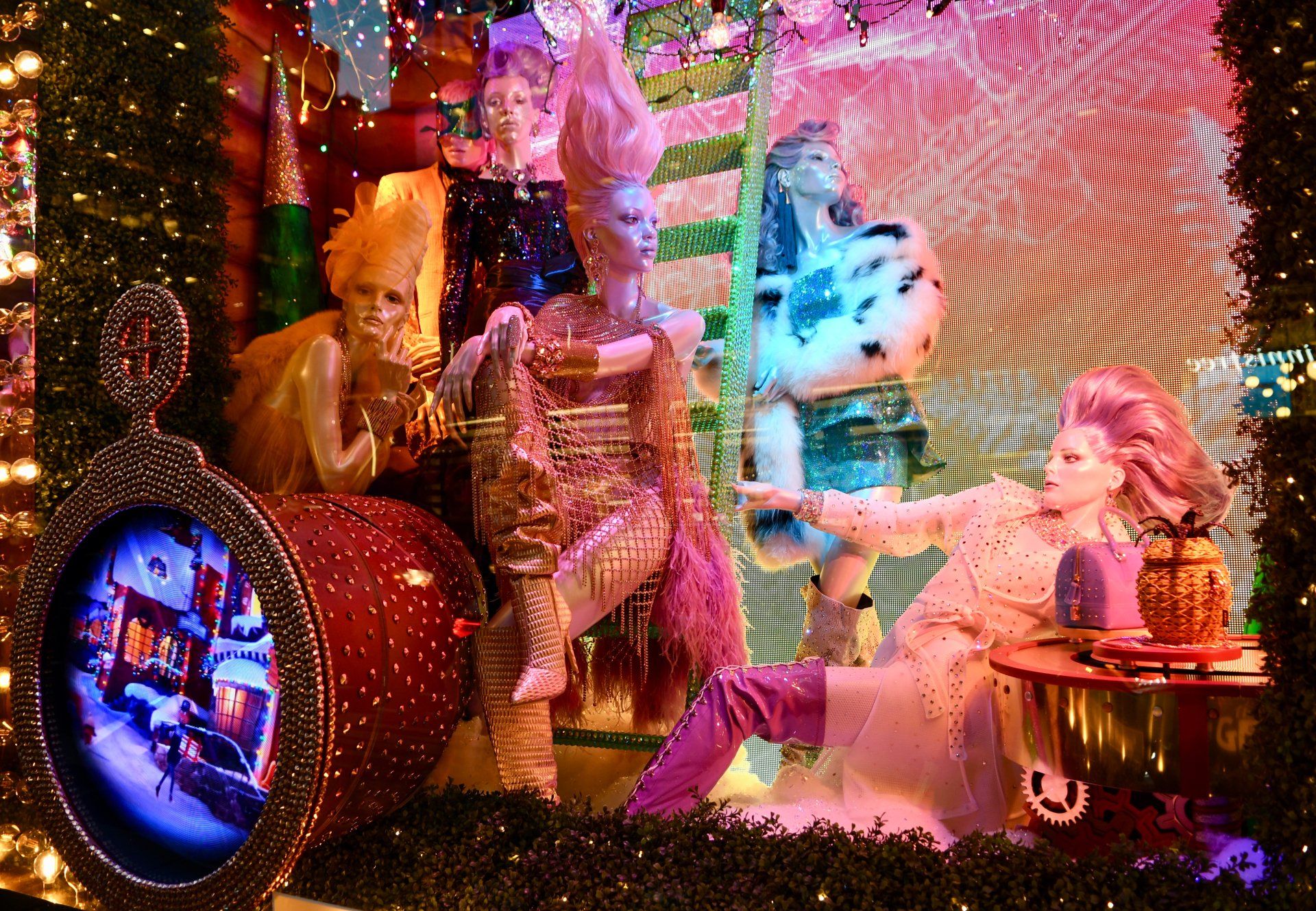
For many, a trip to New York City during the holidays is an opportunity to view some of the most iconic window displays in the world. New York City stores always go above and beyond to visually impress. But the holidays is something else entirely. Nowhere else can the public be so entertained and amazed, simply by window shopping. NYC holiday window displays have emerged as much more than a beloved tradition. They have taken on a life of their own, symbolizing the Big Apple just as much as the iconic architecture that makes up Manhattan. Each year, throngs of residents and tourists alike snake their way slowly down Fifth Avenue and other main thoroughfares, meandering past the grandest holiday window displays in the world. This holiday season, take a vicarious trip and muse on the iconic holiday window displays in New York City.
Macy’s Department Store claims to have started the decadent holiday window display tradition. Prior to 1874, department stores did take advantage of their street presence to tout their wares. But when the original owner of Macy’s, RH Macy, got creative with his window display, he heralded in a whole new era of holiday window shopping. His idea was simple; pose an assortment of life-like porcelain dolls before a backdrop depicting the world of “Uncle Tom’s Cabin,” created by Harriet Beecher Stowe. New York City—and the world—took notice. Crowds of people flocked to admire the display, and returned each passing holiday season to see how RH Macy would outdo himself.
By the turn of the century, all the department stores in major cities around the U.S., like Chicago, Boston and more, were leveling up their own window displays. Suddenly, they realized that they could use displays to attract shoppers to actually come in and purchase goods.
Bergorf Goodman, Saks and Bloomingdales Follow Suit
Today, New York City’s windows come alive during the holidays, largely because all the major department stores have followed the lead of Macy’s. One year, in 2009, Bergdorf Goodman decorated its holiday window display with a simple posed mannequin dressed in black tights, high heels and a chunky sweater. But on either side stood two enormous polar bears standing on their hind legs, regal scepters in hand. The life-like display turned heads—and in all likelihood—added significantly to Bergdorf Goodmans’ bottom line that December.
At Barney’s in 2010, the windows were adorned with papier mache caricatures of world famous chefs and foodies like Mario Batelli, Guy Fieri, Rachel Ray and more. The display was intended to promote a food-laced holiday, filled with decadent treats from everyone’s favorite foodies. While one of the windows was admittedly a little on the macabre side, with dripping juices and at least one head astray, the other window displays at Barney’s that season exuded a more traditional tone.
The window displays at Macy’s Herald Square evoke the true spirit and feeling of the holidays. For instance, take their recent display, themed, “Believe in the Wonder of Giving.” While Macy’s can be forgiven for the obvious but unstated allusion that, “and by the way you can buy those gifts right inside our doors,” their sentiment is what matters. And what matters to the people viewing those displays is that they are a spectacle of the best kind. The kind of spectacle that you can make a night of; wrap up the kids and bring them on a walk to see the Macy’s windows. It’s an event. It’s a family outing that has become a family tradition for thousands of families. “Let’s go to Macy’s to see the window displays,” likely followed by a visit to sip hot cocoa while the kids laugh and recall their favorite displays. And kids do react to the window displays, just as much as the adults do. Who can resist the six adorned Macy’s Herald Square windows, filled with a snow-capped mountain diorama populated with laughing snowmen and elves? Or the beautiful Saks holiday windows or the amazing windows at Bergdorfs.
Senior Director of Visual Presentation at Bergdorf Goodman of over 20 years David Hoey and his team, begin brainstorming on the store's famed holiday windows in February, giving them a less than a year to design, develop, produce and install some of the most detailed and complicated works of art. It is like theater he say’s “We are in the surprise business”.
No matter how the world changes, we can always return to the windows for a visit to a place that still charms young and old.





